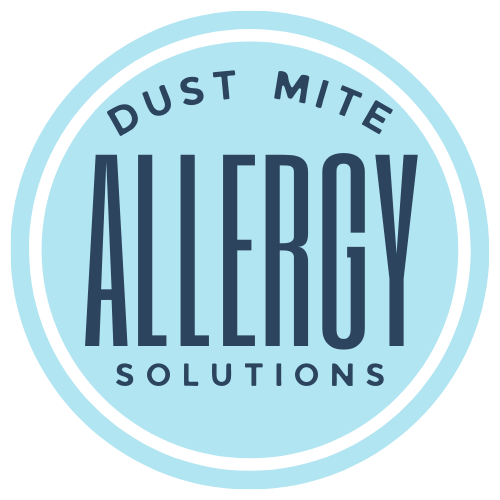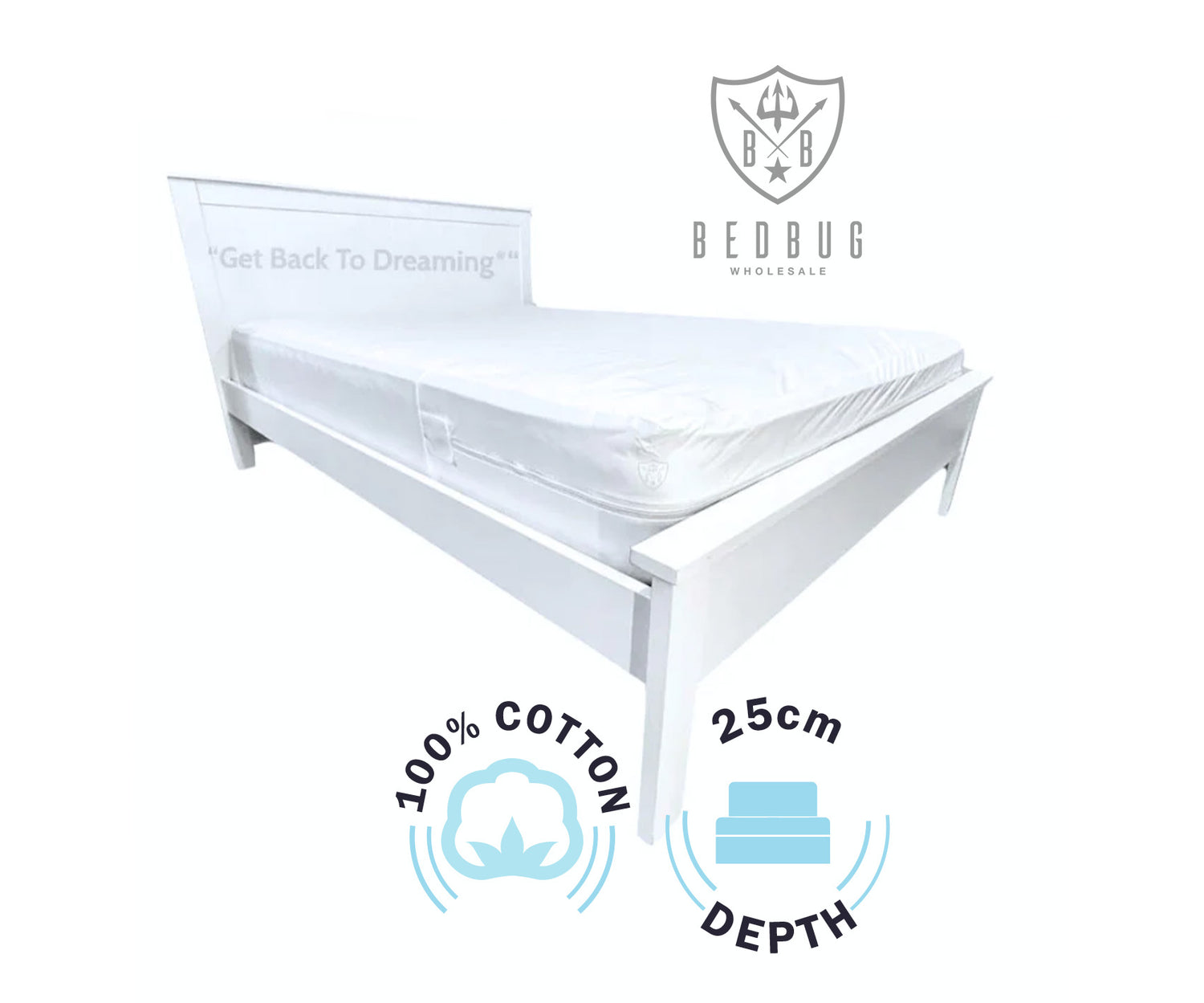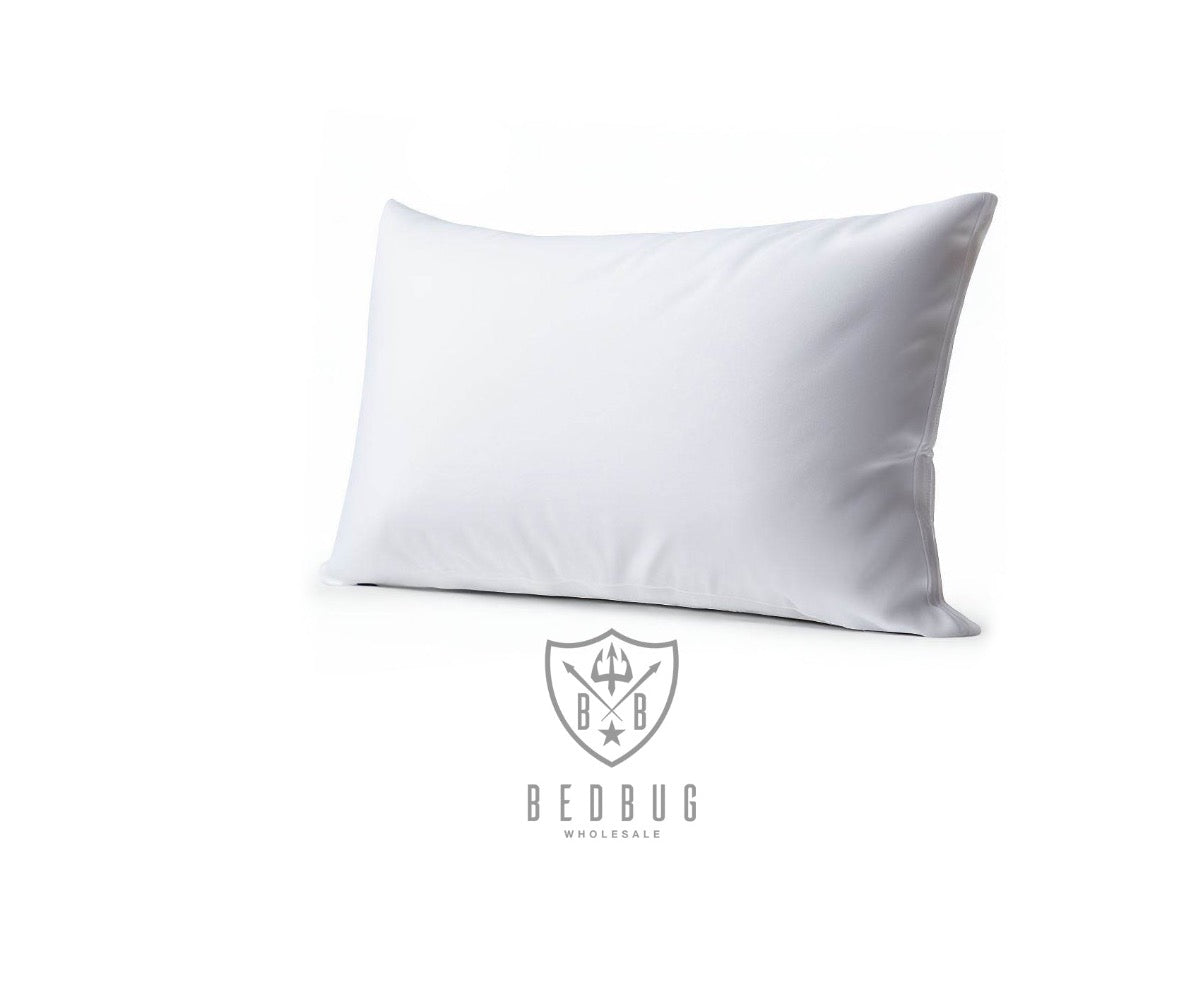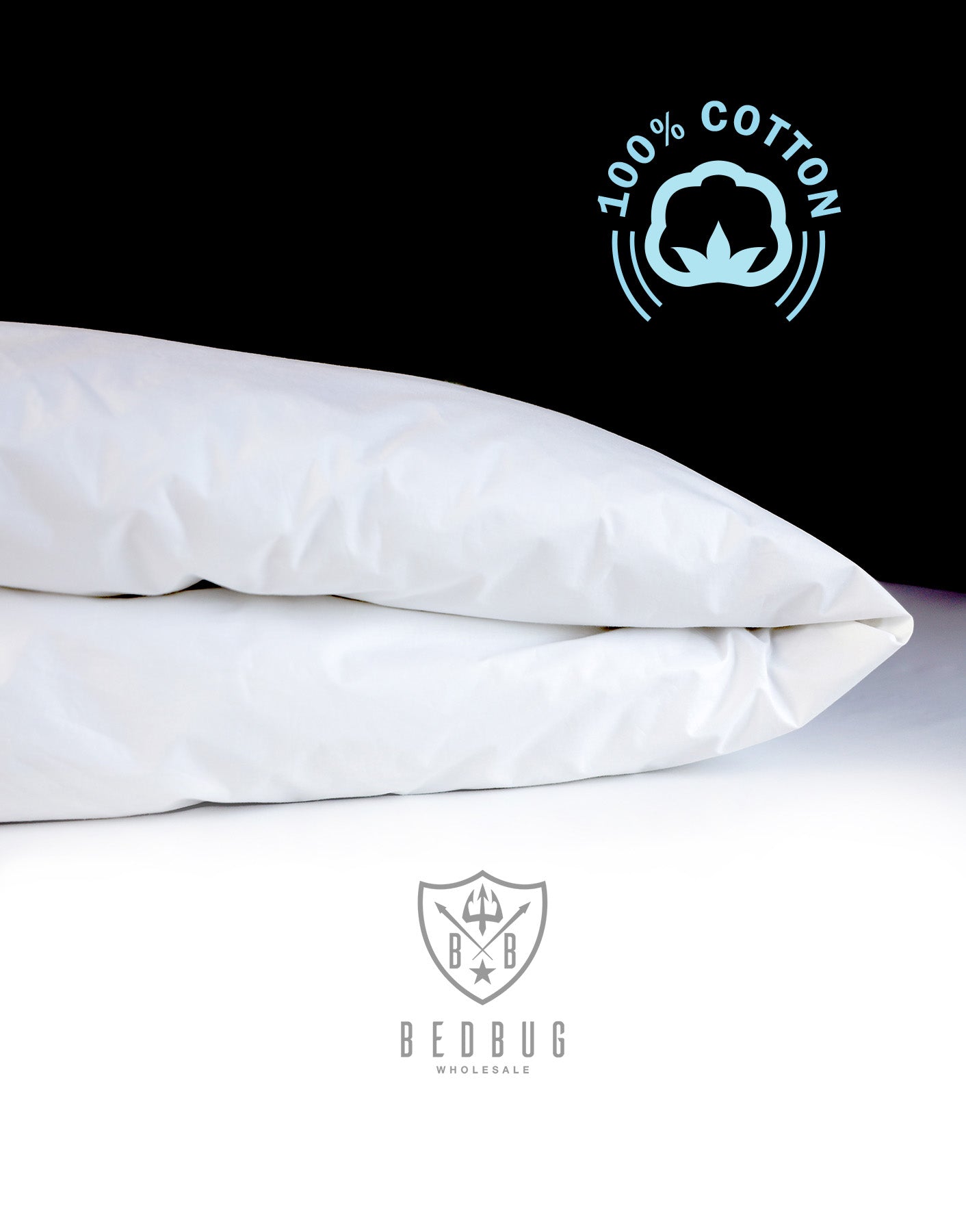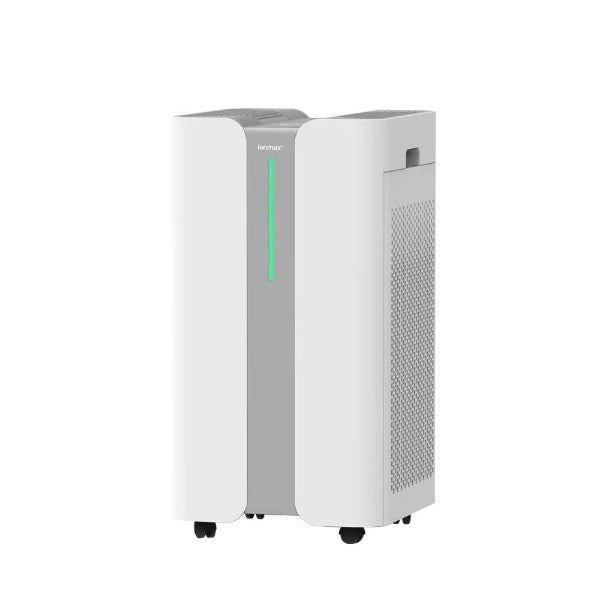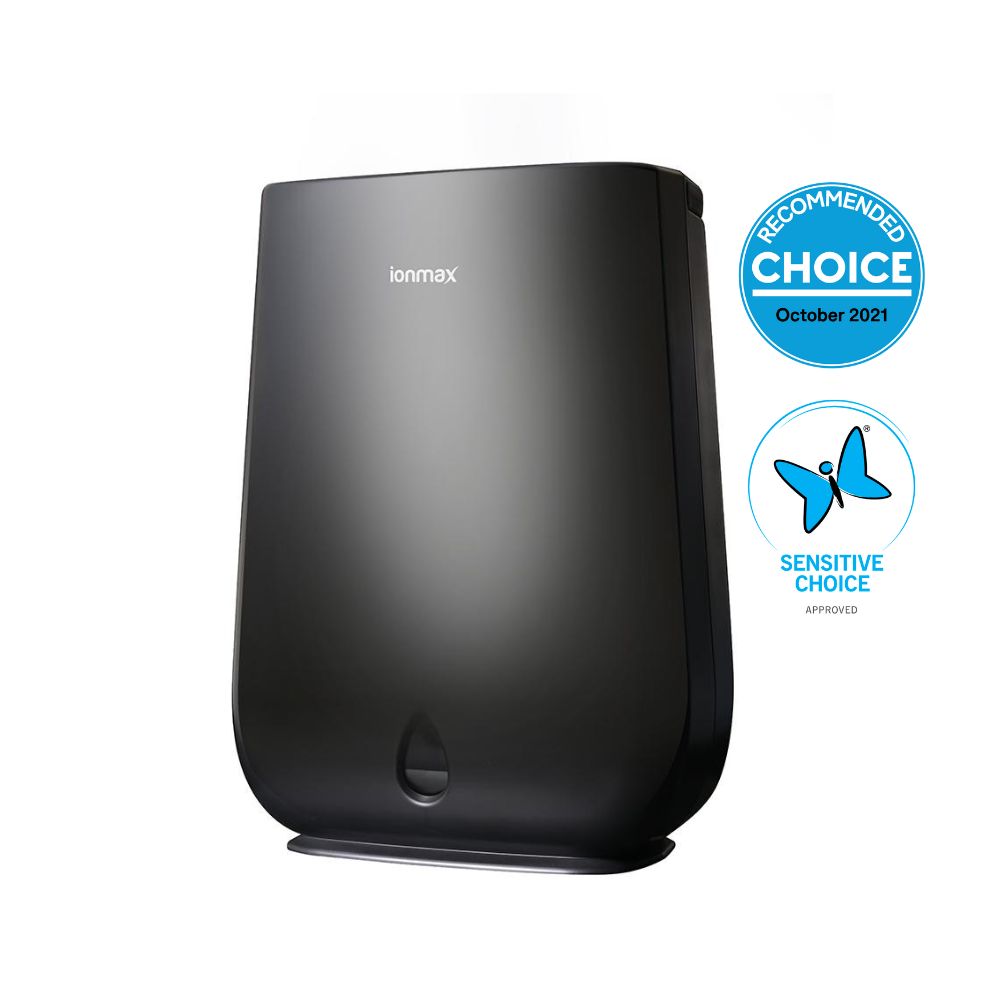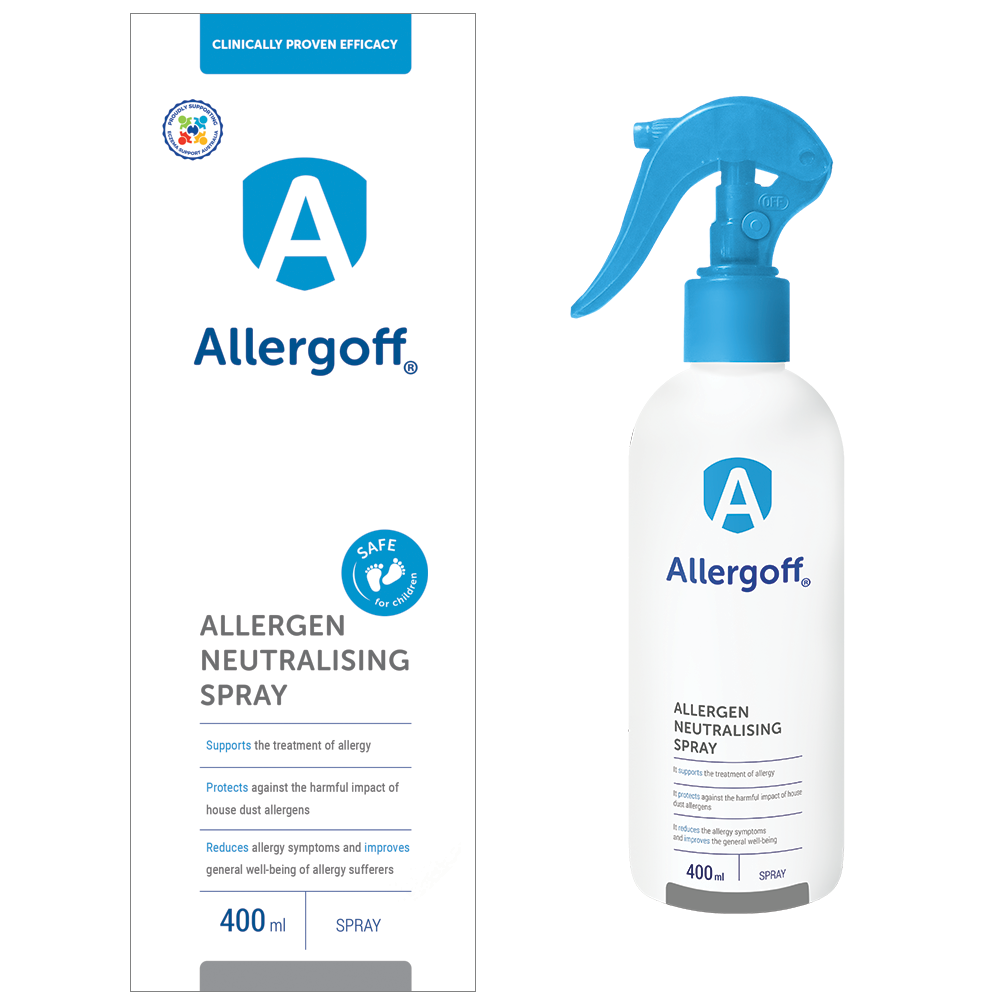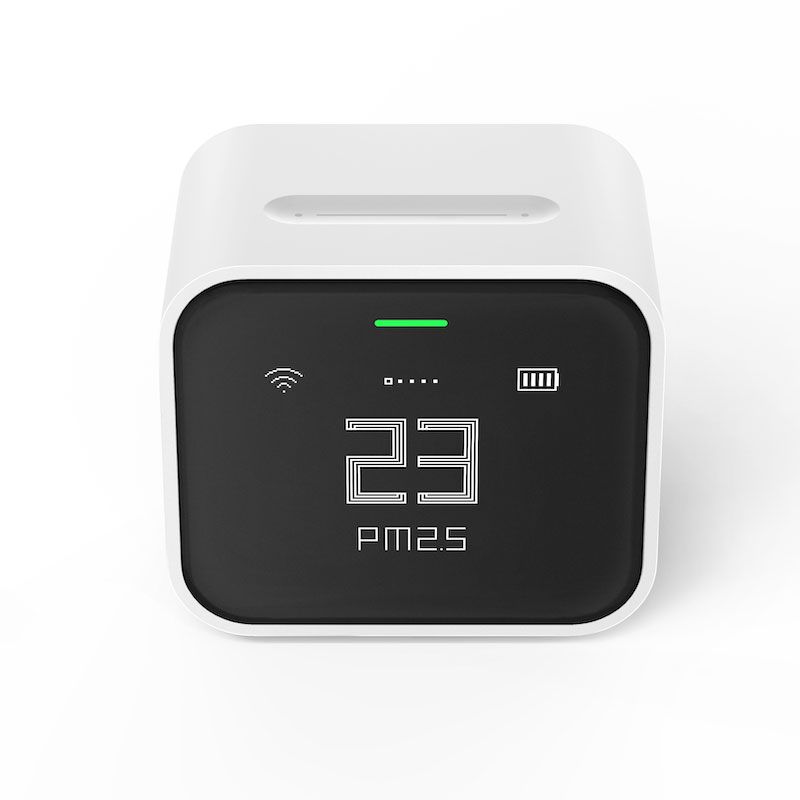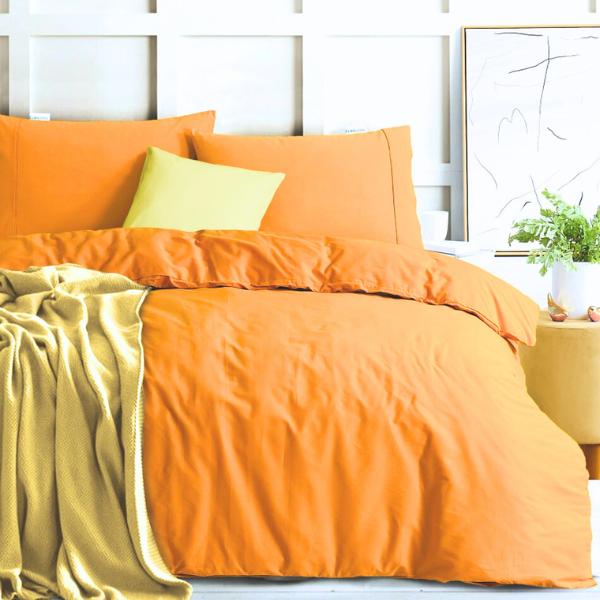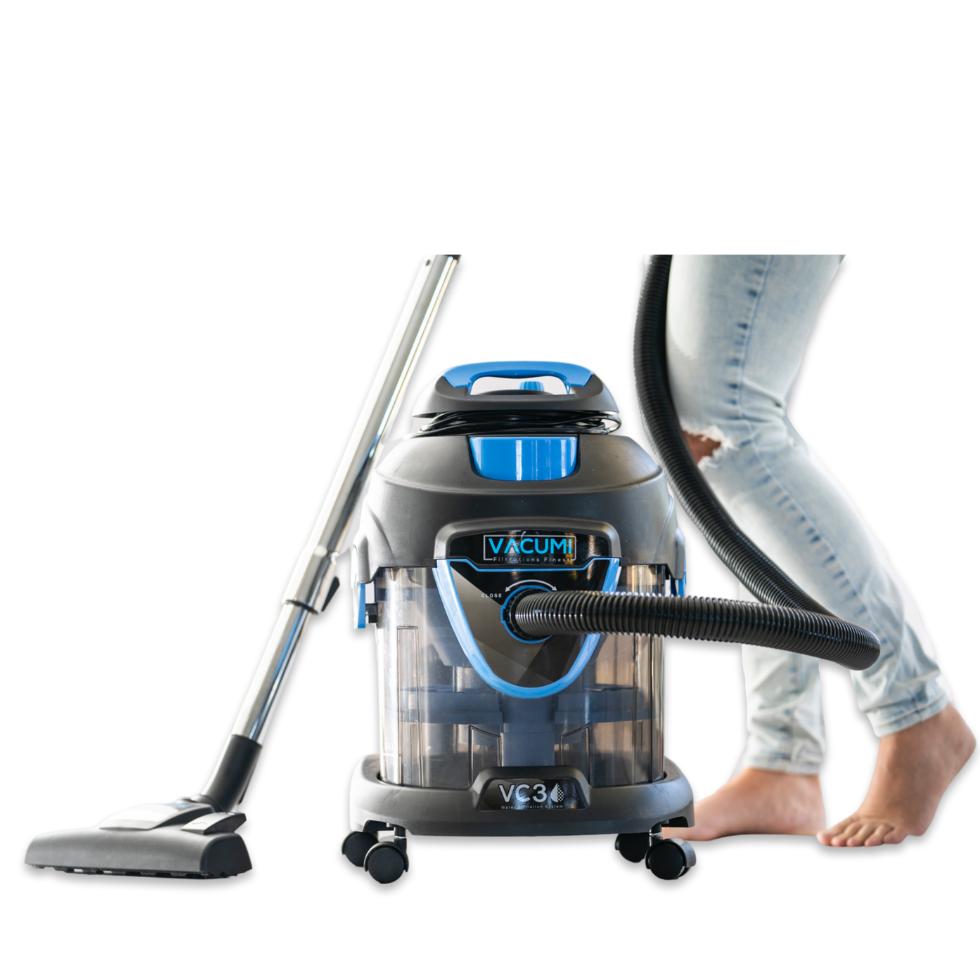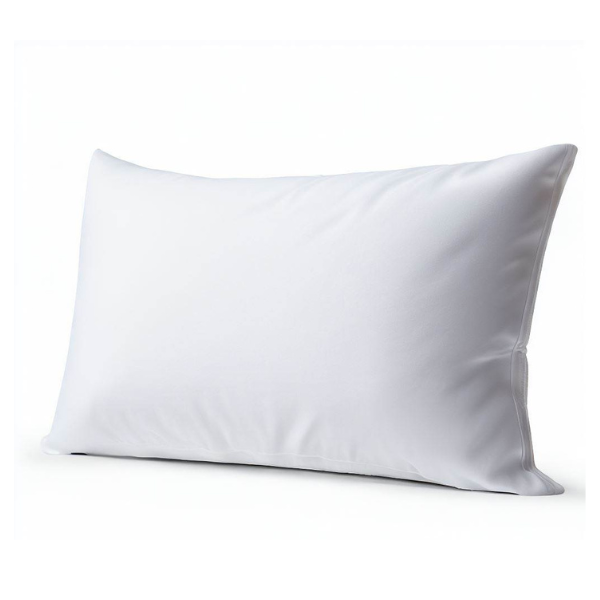What are dust mite pillow covers, and how do they work?
Dust mite pillow covers, also known as allergen-proof pillow encasements, are designed to create a barrier between your pillow and common allergens like dust mites, pollen, pet dander, and mold spores.
When made from tightly woven fabrics, these covers can help prevent dust mites from reaching your pillow and coming into contact with your face while you sleep.
How often should I wash dust mite mattress and pillow covers?
To maintain their efficacy, it's generally recommended to wash dust mite pillow covers every 1 to 2 months.
Regular washing helps remove accumulated allergens, skin cells, and oils, ensuring that the covers continue to provide an effective barrier against dust mites and allergens.
However, if you notice increased symptoms or live in a particularly humid environment, more frequent washing may be beneficial. Always follow the care instructions provided with the covers to avoid damaging the fabric or reducing their protective qualities.
Read more about caring for your dust mite covers here.
Can I use dust mite covers alongside other allergy-reducing strategies?
You should integrate dust mite covers into a comprehensive approach to minimise allergies.
Employing dust mite mattress, quilt and pillow covers in conjunction with regular cleaning, such as vacuuming with a HEPA filter, maintaining optimal indoor humidity levels, and using air purifiers, can collectively contribute to a more effective reduction in dust mite allergens and an overall healthier environment for allergy-sensitive individuals.
Read more tips for reducing dust mite allergens.
Are there different types of dust mite covers, and which ones are best for my needs?
There are various types of dust mite covers available, each catering to different needs. Encasements made from tightly woven fabrics provide a physical barrier against allergens, while waterproof variants offer protection against spills and stains in addition to allergens.
When choosing the best cover for your needs, consider factors such as material quality, pore size (smaller pores are more effective against dust mites), comfort, and your specific allergy concerns.
Can dust mite mattress and pillow covers be used with other bedding like sheets and duvet covers?
Dust mite pillow covers can be easily used alongside other bedding like sheets and duvet covers. These protective covers are designed to fit beneath your regular bedding, acting as an additional layer of defense against allergens. Simply place your sheets and duvet covers over the dust mite covers as you normally would. This combination not only ensures your comfort but also provides additional protection against dust mites and allergens.
Do dust mite covers also protect against bed bugs and other pests?
While the primary purpose is to prevent dust mites and allergens from penetrating pillows and mattresses, the tightly woven fabric and zippers used in these covers can create an additional barrier that makes it more difficult for bed bugs to infest or escape from the mattress or pillow.
